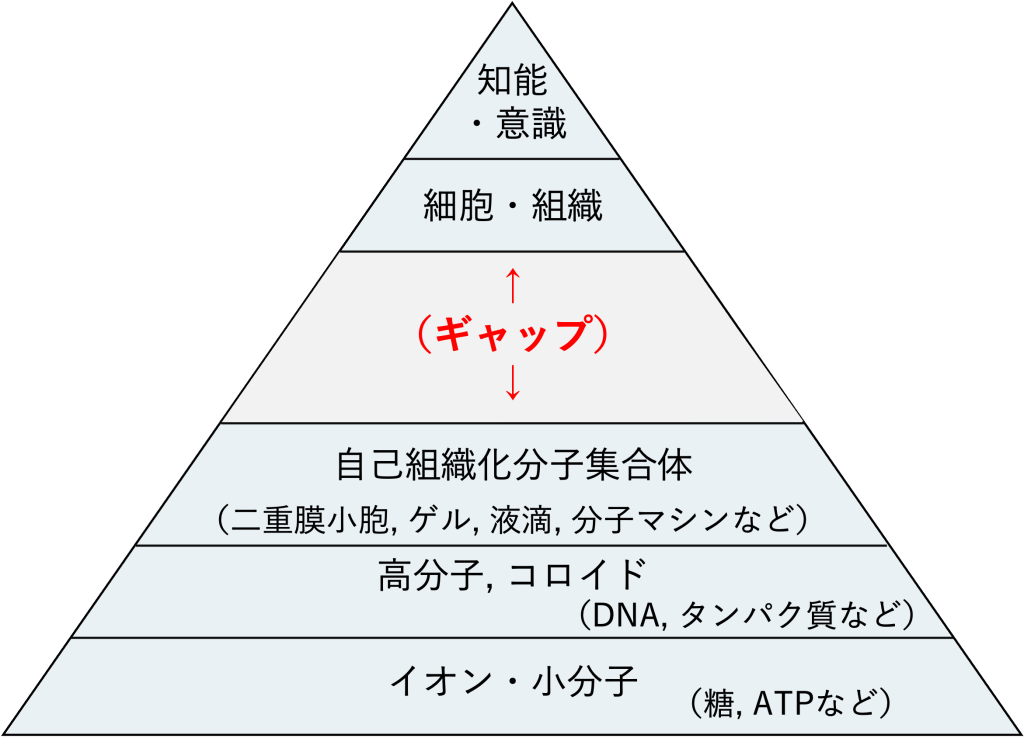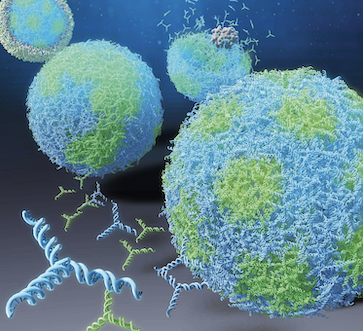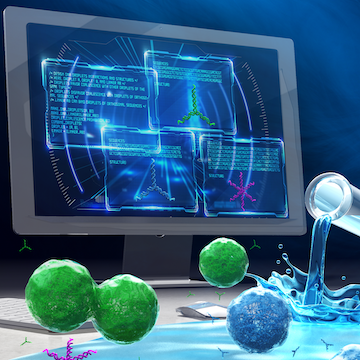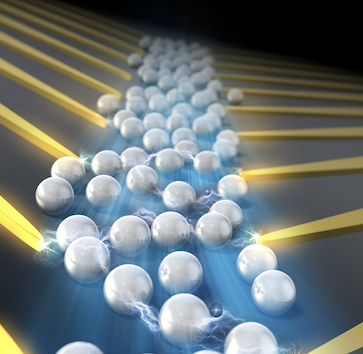Research
Living things and inanimate objects, such as stones on the side of the road, are both made of the same “matter.” However, living things have exceptional characteristics. They build their own bodies based on genetic information, which is their blueprint. They also adapt to their surroundings, such as sweating when it gets hot. Furthermore, in muscle tissue, numerous muscle cells work together to contract, generating the enormous force of “moving the body,” which is impossible for individual cells. In the brain, neurons exchange electrical signals, enabling organisms to think. Plants can use light energy to produce nutrients. These advanced functions are made possible because living organisms consume energy while processing certain types of information.
As you can see, there is a significant gap between living and non-living systems.

In today’s world, where materials science and information science have advanced significantly, it is believed that science and technology dealing with “intelligent materials” capable of processing information like living systems will become indispensable in the future. However, such research themes are complex challenges that cannot be fully addressed within the frameworks of traditional academic disciplines such as life sciences, information science, and physics. Therefore, our laboratory aims to pioneer a new field of science by integrating these disciplines, focusing on materials that exhibit intelligent behaviors similar to those of living systems. We are currently advancing research in the following areas.
(1) Molecular computing for chemical artificial intelligence
(2) Synthetic biology of artificial cells and its applications in healthcare, medical, and environmental fields
(3) AI and Robot-Based Autonomous Material and Life Science
(4) Physics and chemistry of intelligent soft matter
The results of this research will be applied to the discovery of new principles and the realization of systems such as microscopic molecular computers that utilize chemical energy for information processing, and soft nanorobots that adapt to and evolve in their environment. Furthermore, they will contribute to elucidating the fundamental question of “what is life?” from the perspectives of physics and information science.
Molecular Computing for Chemical Artificial Intelligence
Life systems find optimal conditions and create complex patterns on their own. These phenomena can be interpreted as life autonomously processing information and performing a kind of “computation” using chemical reactions. Here, we are exploring new computational principles such as “molecular computing” and “molecular programming,” which use “materials” such as biomolecules like DNA and liquids to perform computation at the nanoscale. Molecular computers directly manipulate molecules based on physical and chemical laws to perform computations, and are expected to have wide-ranging applications in fields such as medicine and environmental problem-solving in the future.

Synthetic Biology & Biomedical/Environmental Applications
How did life arise from non-living matter and develop intelligence? This question is one of the great mysteries of science. To address this fundamental question, we are advancing research in synthetic biology, creating “artificial cells” that can adapt to their environment and evolve. Using DNA, RNA, proteins, lipids, and other biomolecules, we are constructing artificial cells in lipid membrane vesicles and coacervates (liquid-liquid phase separation droplets). Furthermore, through the construction of cell-like molecular robots that function autonomously, such as immune cells, we aim to develop applications in healthcare, medical and environmental fields.

AI and Robot-Based Autonomous Material and Life Science
In recent years, artificial intelligence (AI)-based algorithms and robotic systems to support experiments by performing molecular experiments automatically have been attracting attention. Biopolymers such as DNA have sequences that carry information, making them well-suited to information technology and new experimental styles such as AI-driven automation. This research aims to develop AI technologies for autonomously generating molecular computers and artificial cells.

Physics and Chemistry for Intelligent Soft Matter
We are exploring the phenomenon of “self-organization,” in which “soft matter”—a material that possesses information—creates highly organized structures and patterns on its own, much like living systems, within a “non-equilibrium open system,” where energy, matter, and information constantly flow in and out. This research is an attempt to reinterpret the complex behavior of living systems from a physical perspective. Here, we are constructing “active matter” that possesses intelligent functions such as computation, memory, autonomous motion, and collective coordination by converting energy from non-equilibrium fields (e.g., electric fields and light) or the free energy of molecules through chemical reactions. We aim to elucidate the physical mechanisms underlying these phenomena and apply the insights gained to micro-machines and soft robots.

